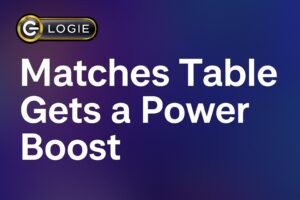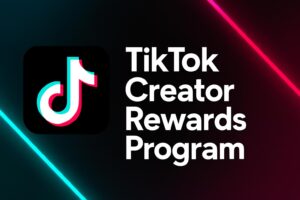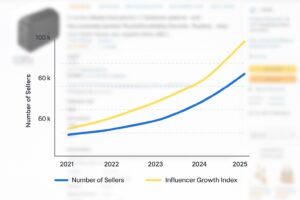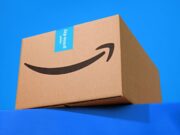Trending Now
Social Media
TikTok’s Uncertain Days May End Soon with Promising U.S. Deal
In recent months, TikTok has been the focal point of intense scrutiny and debate within the United States, stemming from national security and data...
Logie's Academy
Artificial Intelligence
Amazon
Amazon Prime Day 2025: How Influencers Can Dominate This July
Amazon Prime Day isn’t just another sale; it’s a goldmine for influencers who know how to play their cards right.
With millions of shoppers hunting...
Here’s what you need to know about Amazon Inspire (the new...
Amazon is always creating new tools and resources to make your work as an influencer easier and more fruitful. Inspire – the company’s new...
Most Popular
Influencer Marketing
The Power of Newsletters: A Comprehensive Guide to Engagement and Growth
In the digital age, amidst overwhelming online content, newsletters have carved out a niche, offering a unique mix of personalization, engagement, and direct communication....
Top Live Stream Shopping Statistics for 2023
With the rise of e-commerce and the increasing popularity of live streaming, it's no surprise that live-stream shopping has become a major trend in...
Why live shopping is such a big deal in 2022 and beyond
Live Shopping – the newest trend in eCommerce marketing – gives you the ability to advertise products to a live online audience. It empowers...
Google suspends Chinese budget shopping app Pinduoduo
Google today suspended Pinduoduo – the popular Chinese shopping app – from the Play Store. The search engine giant took action after malware was...
Amazon’s Strategic Enhancements to Affordable Shopping
Amazon is continually evolving its shopping ecosystem to offer unparalleled value and convenience, a strategy that significantly benefits the average consumer and the creative...


















































